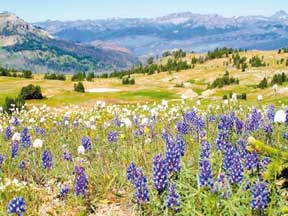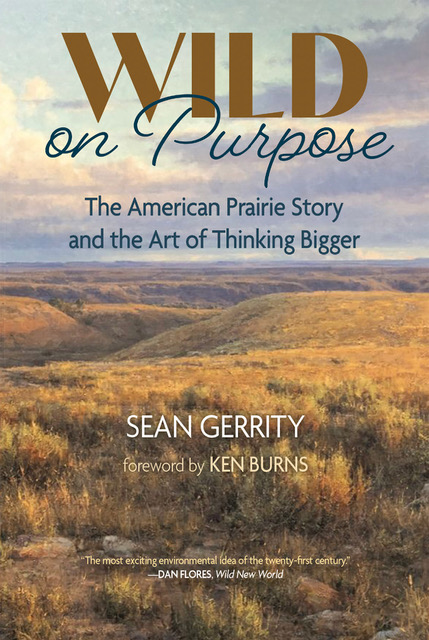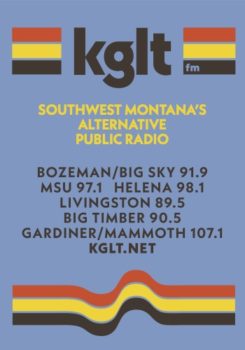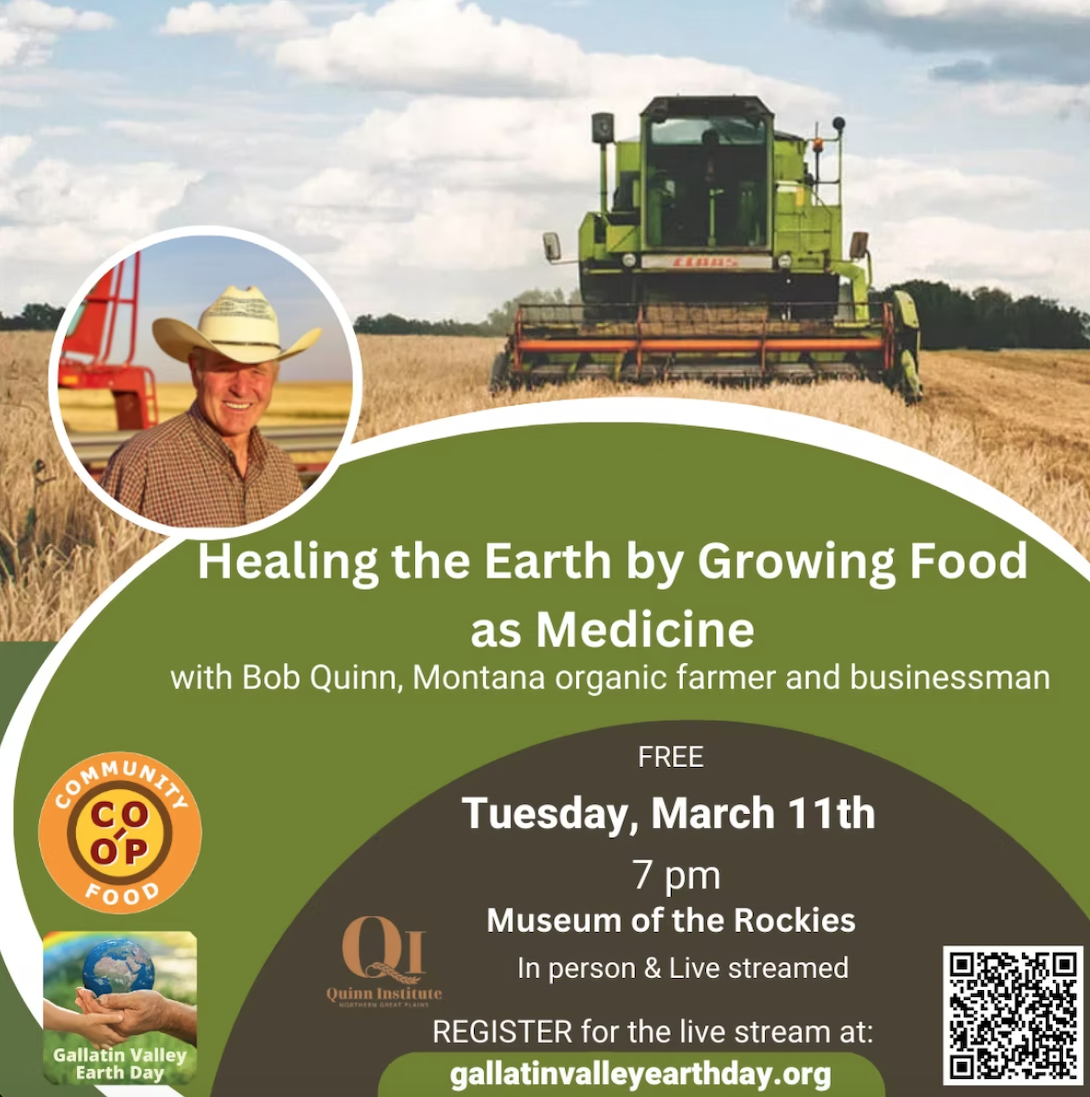From Janice Aldrow
In the time-honored tradition of their ancestors, the warriors met on the battlefield in the beautiful valley of Bridger Canyon. The Nez Perce arriving from the west and the Blackfoot from the east paved the way for those members of their own tribes to pass through the valley in order to hunt in the Yellowstone or trap in the Snake River plains.
The battle raged for two days, but on the third, a phenomenon occurred that would forever change the face of the land. While in deadly combat, darkness overspread the sun and a strange noise seemed to come from the heavens. A sweet voice was heard singing and a white flame appeared on the top of the mountain, since called Mount Bridger. The flame settled on “Maiden Rock,” where the figure of a maiden was seen as the darkness disappeared.
In a strange language all seemed to understand, she said, “Warriors, children of the Great Spirit, sheathe the hatchet and unstring the bow. Shed not the blood of your brothers here, lest it mingle with yonder foaming water and defile the Valley of Flowers below. There must be no war in the Valley of Flowers; all must be peace, rest, and love. The Spirit Maiden has spoken the words of the Great Spirit.”
John Richau, a French-Indian who was an experienced guide and trapper familiar with the customs and languages of several Montana tribes, retold this story. John lived and worked in Montana during the time when the Montana Territory was operated through Virginia City, the political and economic epicenter of the Territory before it achieved statehood in 1889.
Before the Louisiana Purchase, before the white man arrived to conquer and resettle the land, before Lewis and Clark arrived to catch the first glimpse of this world, the Nez Perce tribe called the Pacific Northwest home. The extent of their territory was approximately 17 million acres that covered present day Washington, Oregon, Idaho, and the western base of the Rocky Mountains to the Columbia River. The Blackfoot tribe relocated from the Great Lakes area about 10,000 years before and settled primarily in present day Alberta, Canada, throughout Northwestern Montana, and somewhat east into the Dakotas.
Montana had been discovered, and a slow progression of people arrived for a variety of reasons. The abundance of natural resources, particularly gold, brought miners and trappers such as John Richau who learned how to make a life for themselves with the natives. Bozeman was defining itself as a town full of forward-thinking intellectuals who wanted to make a new life for themselves free of the restraints of civilization. President Benjamin Harrison declared Montana the 41st state in the union in 1889, and civilization imparted its wisdom upon Montana and the Gallatin Valley.
The turn of the 20th century saw the Gallatin Valley as a thriving town, boasting a successful industry of Sweet Peas that were harvested for both canning and seed. By the 1920s, Bozeman produced approximately 75% of all seed peas in the United States. We became known, therefore, as the Sweet Pea capitol of the nation. To celebrate this fact and to promote the area, local business owners began a Sweet Pea carnival, which included a carnival, parade, and queen contest, and the Sweet Pea flower became the symbol of the festival. The celebration was overtaken with the pain of the Depression, and the loss of life in every sense of the word of World Wars. Consequently, prosperity returned after a period of time that heals all wounds, and in 1977, the Sweet Pea concept was revived as an arts festival rather than a harvest celebration.
The beauty of the plant life was not lost on the new settlers, and the term “Valley of Flowers” came to define this very special place in Montana. However, the Natives utilized the plants growing in abundance for millennia as food and medicine. Take a walk through Burke Park, Linear Park, and Peets Hill and you may recognize some of your favorite foods and flowers, like wild raspberry bushes whose fruit is rich in Vitamins A, B, C, E, and traditionally taken for indigestion and rheumatism. Wild asparagus, onions, silky lupine, wild roses, and bluebells abound in this fertile valley.
Hidden among the flowers though are medicinal herbs such as Balsam Root, Arnica, Yarrow, Flax, and many others like Pokeroot which is used as a heart stimulant, Purple cone flower, currently being utilized in AIDS therapy, and Stinging Nettle which is a Spring Tonic that stimulates blood circulation and is astringent and diuretic.
The human compulsion to explore the possibilities that may exist on the other side of the hill has moved humankind forward since the expulsion from the Garden of Eden. The impact of a culture making its mark upon the peoples who have created their own utopia is powerful and poignant. Such is the case with the Blackfoot and Nez Perce tribes of long ago. Native tribes in the United States were moved onto reservations and the land was divided to create states containing ranches and towns. The drive to survive in this new world caused the native peoples to establish a new set of boundaries that were much less about the land upon which they lived, but upon the strength of the human spirit within each heart to overcome the control the incoming peoples wanted to exercise over their lives.
Today, the Blackfoot nation boasts four tribes amounting to 25,000 members, three of which live in Alberta, Canada. The remaining tribe in the United States (known stateside as Blackfeet) lives in the Northwestern portion of Montana near Browning. The Piegan tribe is the largest in Montana with 17,320 members, and 7,000 living on or near the reservation. The tribe has established a constitution and is self-governing. They have established their own Tribal Business and Council, a Community College, and maintain their own language, Algonquin, by teaching it in their schools. The website they have designed enables the visitor to read about their legends, learn the Algonquin language, and explore their art. The long-term goal is to establish a 4-year teaching degree to reservation residents without leaving the reservation.
The Nez Perce tribe, the “ Children of Coyote,” currently boasts 3,500 tribal members according to the last census taken in 2011. Before the influx of the white man, initiated by the exploration of Lewis and Clark, the Nez Perce occupied 17 million acres in the present day Pacific Northwest states of Washington, Oregon, and Idaho. The famous last words of Chief Joseph, “From where the sun now stands, I will fight no more forever,” surrendering to the cavalry in 1877, submitted his freedom to the newcomers.
The Nez Perce reservation is now located in Idaho, bordering Washington State with headquarters in Lapwai, Idaho. The tribal connection to the rest of the world is accomplished in different directions, including a restoration plan for salmon, sturgeon, and lamprey in the waters close to home. They have established their own government, laws, and police enforcement of those laws. They integrate their own cultural beliefs with the rest of the world by involving themselves in discussions regarding the Public Review of a new Energy Plan, their Department of Technology Services, and by educating the public in their native language.
Progress cannot occur without the intervention of individuals who represent a new civilization. Mutual respect, and seeing the best in one another’s intentions requires a willingness to examine our own motives and the direction our lives take based upon those motives. •
NEW POSTS
- Laugh like a hyena with popular comedian’s Bozeman return
- Illuminating slopeside celebration ushers in ski season
- Montana PBS to broadcast Noël! concert
- Magic abounds with Livingston film screening
- ‘Christmas Carol’ gets cirque spin with Petra shows
- Premier chamber ensemble fronts wintry performances
Contact Us
(o) 406.539.6730
info@bozone.com







